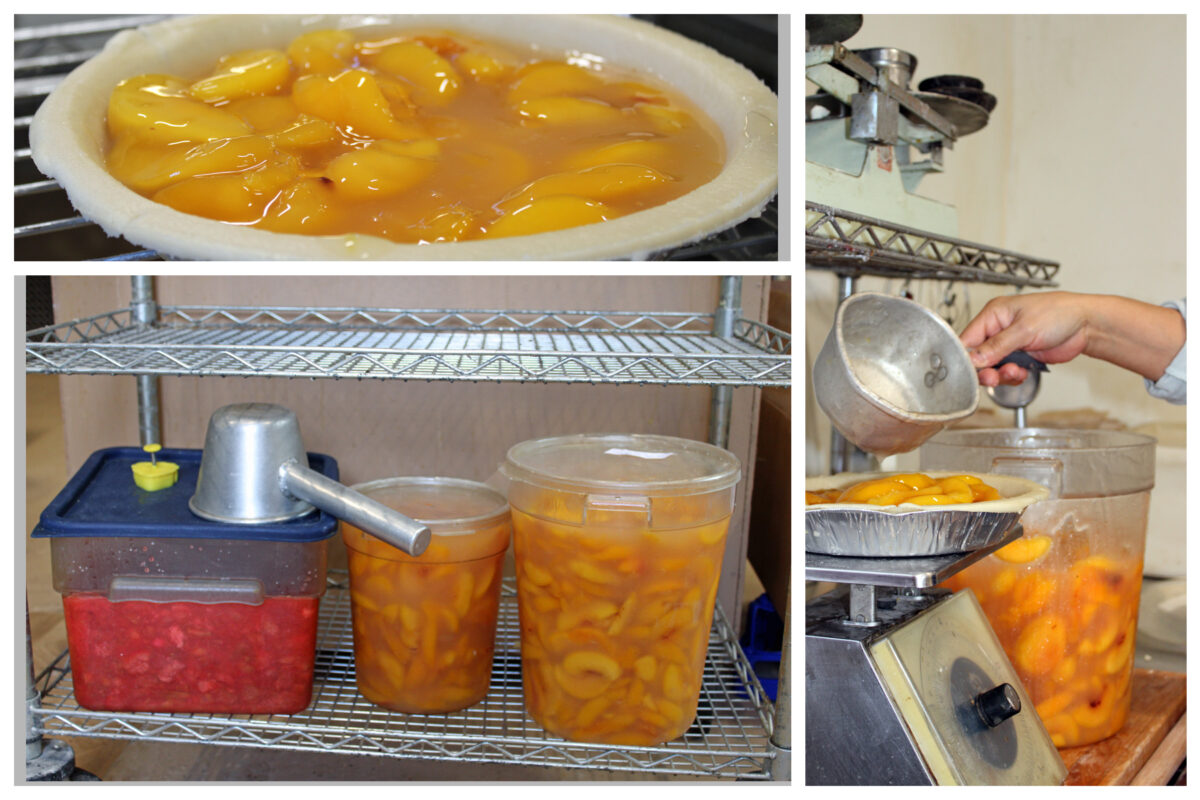Northern Arizona’s Mountain Living Magazine, November 2022
Story and photos by Gail G. Collins
Life is full of contradictions, but much less flush with splendid pies. Take the refrain “as American as apple pie;” it belies the pastry’s primitive, roaming roots. The Egyptians began pie craft, but it was the Romans, who penned the first recipe for rye-crusted goat cheese and honey pie.
Originally, pies were savory, often made of fowl with legs hanging over the edge for use as handles. By the 14th century, “pye” was a popular word in Europe.
Fruit tarts or pies eventually made the pages of cookbooks in England in the 1500s as Queen Elizabeth I happily tucked into an inaugural cherry pie. The English settlers then imported pie to America, but notably, these early crusts served merely as vessels. Made in rectangular forms, they were known as “coffyns”—divulging their desiccated function over flavor.
As the American Revolution cut ties with Britain, a more perfect union of states was formed alongside the desire for a more perfect crust.
Any pie worth its filling is fashioned within an alliance of a tender and flaky shell. Delicate, yet strong, the crust restrains the goodness, yet yields to the fork. Hands down today, the most popular pie is apple, so coming full circle, perhaps, the phrase rings true: As American as apple pie.
In 2019, more than 50 million Americans bought frozen pie crusts, and more than 40 million opted for the refrigerated product. The legacy of handcrafted pies is seriously at risk.
Continue reading “Easy as pie: Flagstaff’s Pie Guy dishes up tips, tricks and sweet confections“
